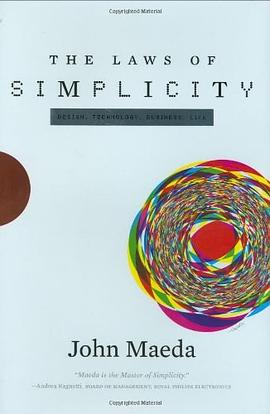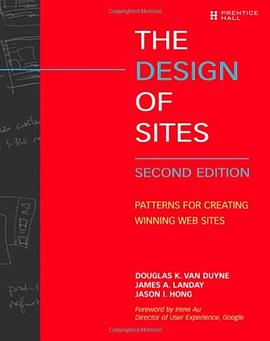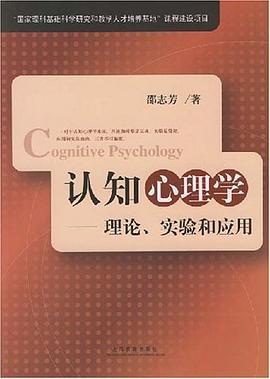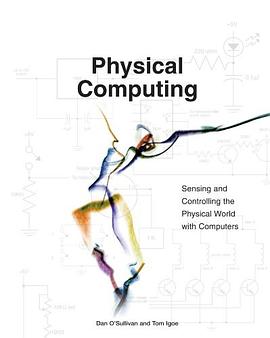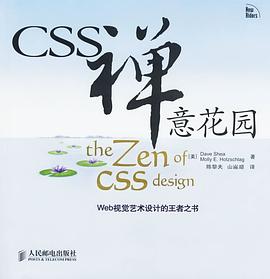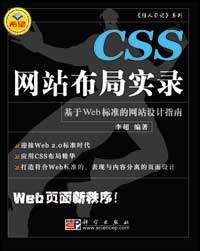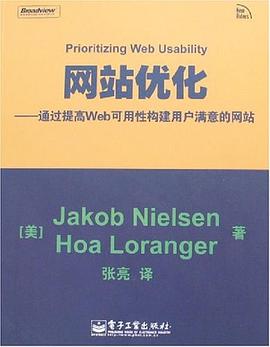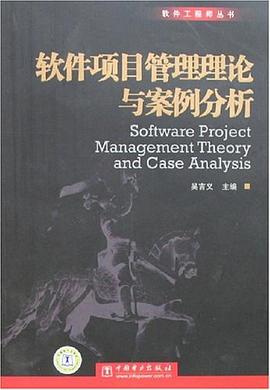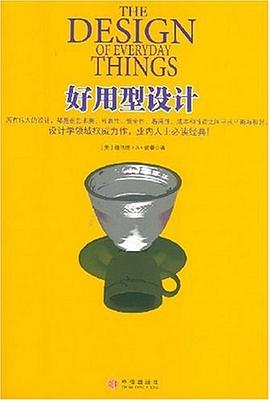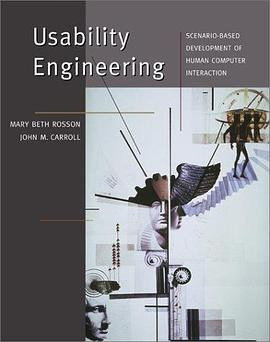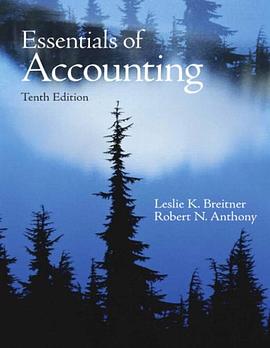
具體描述
前田約翰(John Maeda)
世界知名的圖像設計師、視覺藝術傢、電腦科技專傢,也是麻省理工學院媒體實驗室的教授。
前田約翰在藝術上的貢獻也不容忽視,他得奬無數,例如:美國設計界最高榮譽Smithsonian雜誌的國傢設計奬(2001年)、日本朝日設計奬(2002年)、德國Raymond Loewy基金會奬(2005年)、戴姆勒剋萊斯勒設計奬(2000年)等等。他曾在巴黎、紐約、倫敦、舊金山、東京、大阪等地舉辦過多次個人展覽,深獲好評。他的作品也被紐約現代美術館、舊金山現代美術館、史密森尼機構的國傢設計美術館收藏。
他曾齣版多本與圖像設計相關的書籍。為瞭訓練自己的管理能力,他於2001年重做學生,攻讀MBA,兩年後取得學位。
想對前田約翰及他的作品做更多瞭解,可瀏覽lawsofsimplicity.com網站或他的個人網站media.mit.edu/~maeda。
Finally, we are learning that simplicity equals sanity. We're rebelling against technology that's too complicated, against DVD players with too many menus, and software accompanied by 75-megabyte "read me" manuals. The iPod's clean gadgetry has made simplicity hip. But sometimes we find ourselves caught up in the simplicity paradox: we want something that's simple and easy to use--but also does all the complex things we might ever want it to do. In The Laws of Simplicity, John Maeda offers guidelines, ten laws for balancing simplicity and complexity in business, technology, and design--for needing less and actually getting more.
Maeda--a professor in MIT's Media Lab and a world-renowned graphic designer--explores the question of how we can redefine the notion of "improved" so that it doesn't always mean something more, something added on.
Maeda's first law of simplicity is "Reduce." It's not necessarily beneficial to add technology features just because we can. And the features that we do have must be organized (Law 2) in a sensible hierarchy so users aren't distracted by features and functions they don't need. But simplicity is not less just for the sake of less. Skip ahead to Law 9: "Failure: Accept the fact that some things can never be made simple." Maeda's concise guide to simplicity in the digital age shows us how this idea can be a cornerstone of organizations and their products--how it can drive both business and technology. We can learn to simplify without sacrificing comfort and meaning, and we can achieve the balance described in Law 10. This law, which Maeda calls "The One," tells us: "Simplicity is about subtracting the obvious, and adding the meaningful."
用戶評價
##梳理多過啓發。law 9 還挺有意思的,第一次看一個作者在自己的書裏那麼直白地分析自己這本書哪些地方寫得不好。
評分 評分##en,, as i wana keep it simple, i don't wana think abou it
評分##不太推薦此書,讀書筆記如下,作者說想把書寫簡單點所以隻寫瞭100頁,然而書裏麵的那些案例我卻真的沒有覺得很有代入感。不知道是寫作問題還是怎麼樣,作者非要用一些書麵的復雜的議論文形式的詞匯和語句,看著真的沒有很have fun。 1. Reduce The simplest way to achieve sim...
評分 評分 評分 評分##Simplicity is about subtracting the obvious and adding the meaningful.It's about living life with more enjoyment and less pain.
評分##前半部分寫得比後半部分好
相關圖書
本站所有內容均為互聯網搜尋引擎提供的公開搜索信息,本站不存儲任何數據與內容,任何內容與數據均與本站無關,如有需要請聯繫相關搜索引擎包括但不限於百度,google,bing,sogou 等
© 2025 book.qciss.net All Rights Reserved. 圖書大百科 版權所有

